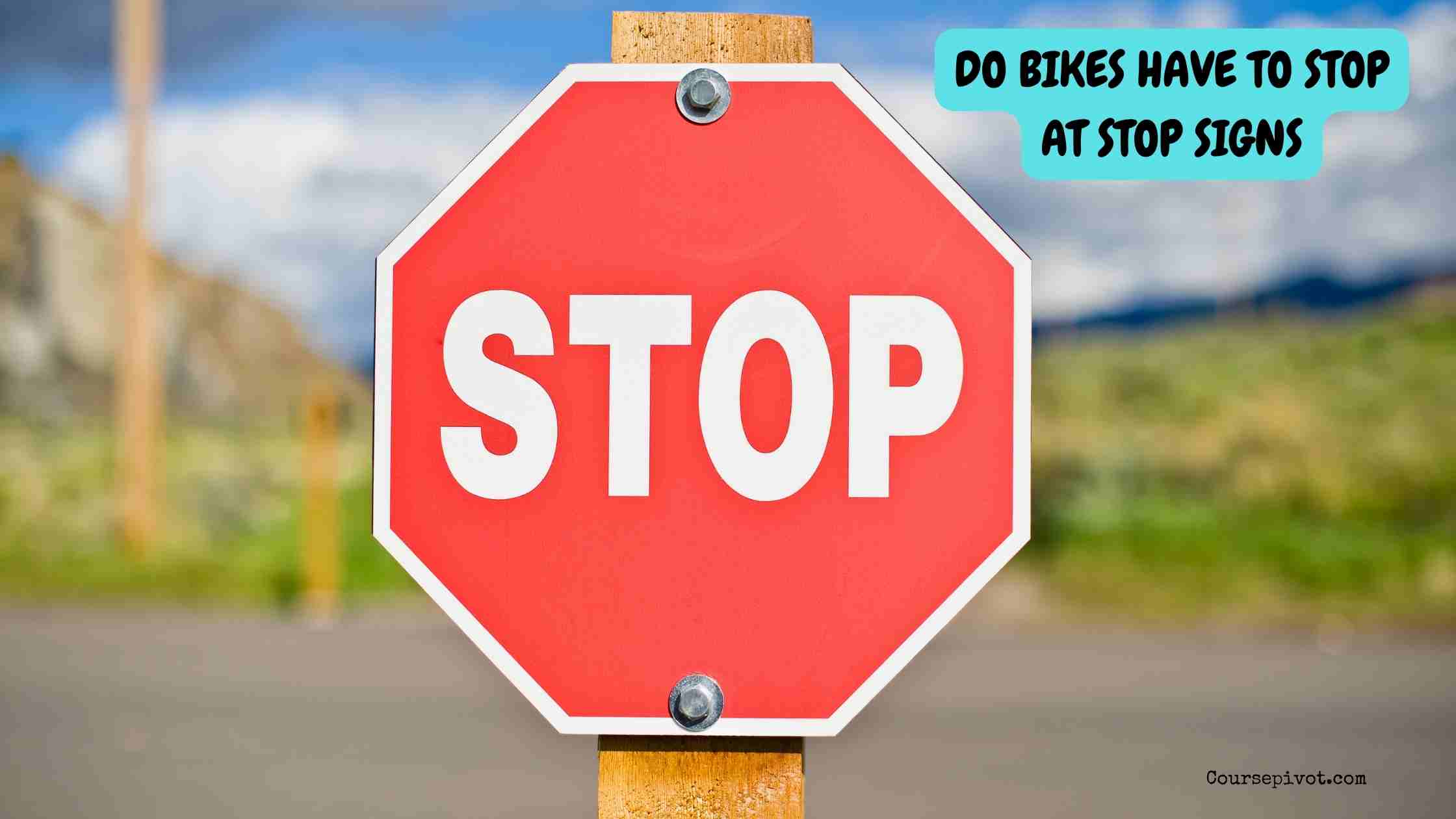
Do Bikes Have to Stop at Stop Signs?
Cyclists navigating roads often face questions about traffic rules, especially at intersections. I’ve ridden bikes in busy cities, wondering how strictly I need to follow car-like regulations. Understanding whether bikes have to stop at stop signs clarifies legal and safety expectations for cyclists. In this article, I’ll explore five key aspects of this issue, drawing from my research into traffic laws and cycling practices as of May 2025. These insights help cyclists ride responsibly. Let’s dive into if and how bikes must stop at stop signs and what it means for you.
Table of Contents
Ever wondered if cyclists can breeze through stop signs like pedestrians? The rules might surprise you. Ready to uncover five aspects of bikes and stop signs?
Traffic laws apply to bikes, but nuances exist. I’ve seen cyclists pause or roll through intersections, sparking debates. Let’s examine do bikes have to stop at stop signs to clear the confusion.
1. General Legal Requirement
In most places, bicycles are classified as vehicles, meaning cyclists must stop at stop signs like cars. This is a core aspect of bikes and stop signs. I’ve checked laws that treat bikes as road users with similar obligations.
- U.S. laws. All 50 states require cyclists to obey traffic signs, including stop signs, per the Uniform Vehicle Code.
- Global norms. Countries like Canada, Australia, and the UK have similar rules, with fines for non-compliance (e.g., $110 in Ontario).
- Enforcement. Police can ticket cyclists, though enforcement varies—only 5% of cycling violations involve stop signs.
Why required? Stop signs ensure safety and order. Cyclists share roads, so rules align.
- Read our blog on 5 Reasons Why Police Touch Tail Lights at a Traffic Stop
2. Idaho Stop Exception
Some regions allow cyclists to treat stop signs as yield signs, known as the “Idaho Stop.” This is a key exception for bikes at stop signs. I’ve read about its growing adoption for safer cycling.
- How it works. Cyclists slow down, yield to traffic, and proceed if clear, without a full stop.
- Adoption. Idaho pioneered this in 1982; by 2025, 12 U.S. states (e.g., Oregon, Washington) and parts of Europe (e.g., Paris pilot programs) allow it.
- Benefits. Reduces rear-end collisions by 14% and saves cyclist energy, per Idaho studies.
Why an exception? Bikes are lighter and more visible, justifying flexibility where safe.
3. Safety Considerations
Stopping fully at stop signs enhances cyclist safety, despite exceptions. This is a critical aspect of stop sign rules. I’ve noticed intersections where cars overlook cyclists who don’t stop.
- Collision risk. 30% of bike-car crashes occur at intersections, per 2024 NHTSA data.
- Visibility. Stopping ensures drivers see you, especially at night.
- Pedestrian safety. Full stops prevent collisions with walkers, common in urban areas.
Why safety matters? A full stop reduces risks, protecting you and others.
4. Local Variations and Signage
Local laws and specific signage can alter stop sign rules for cyclists. This is a notable factor in bike traffic rules. I’ve seen bike-specific signs in cities that clarify expectations.
- Local ordinances. Some cities (e.g., San Francisco) have stricter enforcement than rural areas.
- Bike lane rules. Designated lanes may allow yielding if marked, as in Amsterdam.
- Signage. Signs like “Bikes Yield” in Oregon override standard stop rules.
Why variations? Communities adapt to cycling culture and infrastructure, creating flexibility.
5. Practical Cyclist Behavior
Many cyclists don’t always stop fully, despite laws, due to practicality or habit. This is a final aspect of bikes and stop signs. I’ve observed riders slowing but rolling through quiet intersections.
- Common practice. Studies show 60% of urban cyclists yield rather than stop when safe.
- Risks. Rolling through can lead to $50–$200 fines or accidents if misjudged.
- Advocacy. Groups like PeopleForBikes push for broader Idaho Stop laws by 2030.
Why this happens? Cyclists balance law, safety, and momentum. Awareness prevents penalties.
Read our blog on 8 Things You Should Stop Doing for Your Teenager
What’s Next for You
Understanding whether bikes have to stop at stop signs is like equipping yourself with a roadmap for safe cycling. I’ve been struck by how laws balance safety with practicality, from universal stop rules to Idaho Stop exceptions. These five aspects—general laws, Idaho Stop, safety, local variations, and cyclist behavior—clarify your responsibilities as a rider. With over 50 million U.S. cyclists in 2024, knowing these rules keeps you safe and legal. Will you ride carelessly, or follow the rules for safety?
Here’s how to act:
- Know local laws. Check your state or city’s cycling regulations online.
- Practice safety. Stop fully at busy intersections, yield only when clear.
- Advocate. Support groups pushing for cyclist-friendly laws like the Idaho Stop.
Bikes and stop signs are about shared roads. Why cyclists must know these rules is clear—safety and respect matter. Start today to ride smarter and safer.
Cite this article
You can copy and paste your preferred citation format below.
Martin, L. & Arquette, E.. (2025, May 30). Do Bikes Have to Stop at Stop Signs?. Coursepivot.com. https://coursepivot.com/blog/do-bikes-have-to-stop-at-stop-signs/



